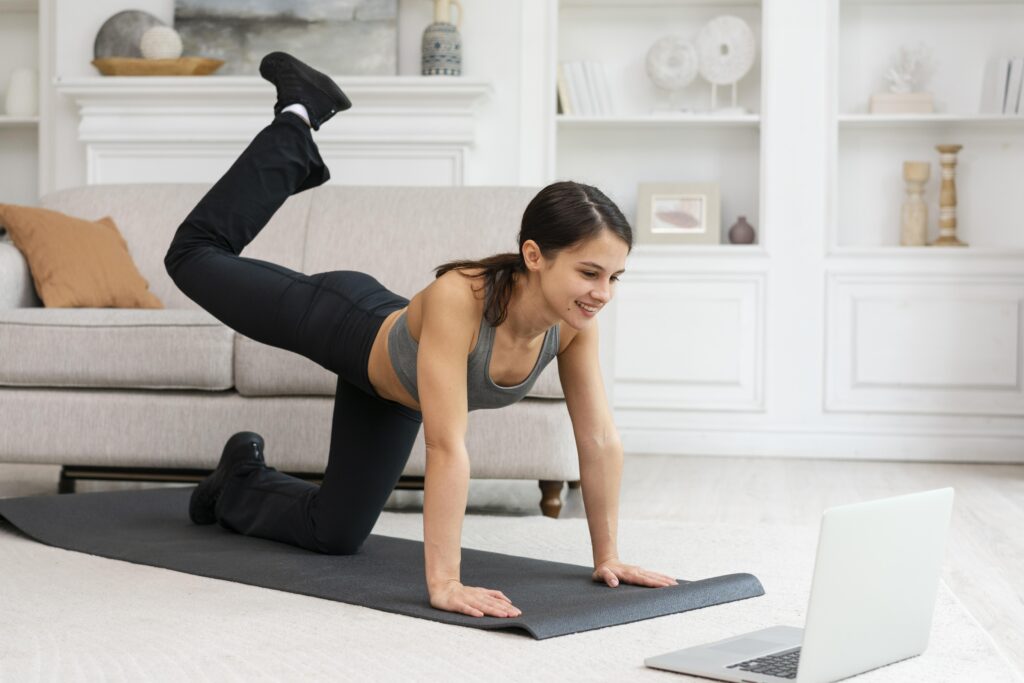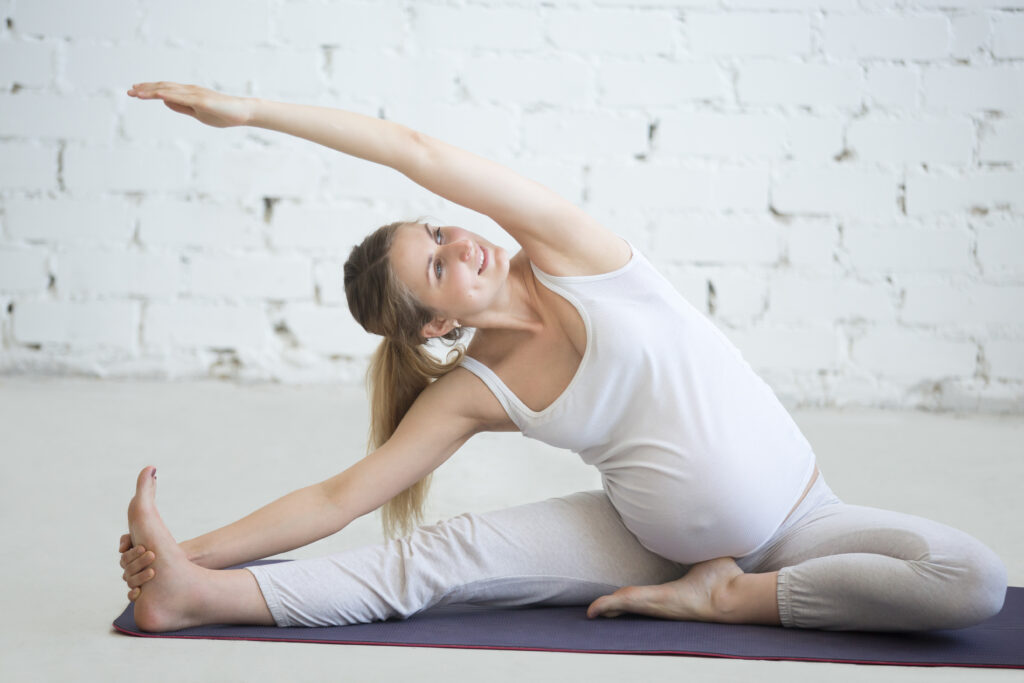The Power of Community in Pelvic Floor Fitness: Why It Matters
Starting a fitness journey is a big deal, especially when it’s about something as important as pelvic floor health. It’s a path that can lead to better overall well-being, but let’s be honest: it’s not always smooth sailing. There are times when you might feel discouraged, unsure of what to do next, or just plain tired. That’s when having a supportive community around you becomes so important. Think about it like you are trying to climb a mountain. Doing it alone is tough – you might get lost, lose your motivation, or even doubt if you can reach the top. But if you’re climbing with a group of people who have the same goal, it’s a whole different experience. They encourage you, share their tips, and help you stay on track. This is exactly what joining a fitness community can do for you. When you join the Pelvic Floor Exercises app community, you’re not just signing up for a fitness program. You’re becoming part of a group that’s there to lift you up, share experiences, and help you push through the tough times. In this article, you will figure out how being part of the Pelvic Floor Exercises app community can make your journey not just easier but a lot more enjoyable, too. With a specific focus on why you should join the Pelvic Floor Exercises app community. 1. Shared Experiences and Encouragement Working out with others isn’t just more fun—it’s also more effective. Research shows that people who exercise in groups are happier, more motivated, and less likely to skip their workouts compared to those who go it alone. They also tend to reach their fitness goals faster and maintain their progress longer. You get to connect with others who are on the same journey as you. Whether you’re recovering after having a baby, getting ready for pregnancy, dealing with bladder issues, or just trying to strengthen your pelvic floor, it’s incredibly helpful to be surrounded by people who understand what you’re going through. Personal Stories and Empathy In the Pelvic Floor Exercises app community, everyone is encouraged to share their personal stories – the ups, the downs, and everything in between. This creates a real sense of understanding and empathy among members. For example, if you’re a new mom dealing with the challenges of postpartum recovery, it can be comforting to hear from others who’ve been there and made it through. Reading about how someone else has faced and overcome similar hurdles can make you feel less alone and more supported. Encouragement and Positive Reinforcement Sometimes, all it takes is a little encouragement to keep going. When you share your progress or celebrate a new milestone in the community, the positive feedback from others can give you that extra boost of confidence you need to keep pushing forward. The Pelvic Floor Exercises app makes it easy for users to cheer each other on, creating a positive environment where everyone’s successes are celebrated. This kind of support can be incredibly motivating and can help you stay committed to your goals. 2. Access to Collective Knowledge When you join a fitness community, you tap into a huge pool of shared knowledge and experience. The Pelvic Floor Exercises app community is made up of people from all walks of life, each bringing their own insights and tips to the table. This collective wisdom can really make a difference in your fitness journey. Diverse Perspectives and Solutions Let’s say you’re struggling with a specific exercise or trying to figure out the best way to incorporate pelvic floor exercises into your routine. Chances are, someone in the community has faced a similar challenge and can offer advice or suggest a different approach that might work better for you. Because everyone’s situation is unique, getting input from a variety of people can help you find the solutions that are right for you. Expert Insights and Guidance What’s even better is that the community isn’t just about sharing tips with each other. The Pelvic Floor Exercises app also includes advice from fitness professionals and pelvic floor experts who contribute their knowledge. This means you’re not just relying on peer support; you’re also getting trusted information from experts who know their stuff. This combination of expert guidance and collective experience can be incredibly powerful in helping you reach your fitness goals. 3. Accountability and Consistency Sticking to a fitness routine can be tough, especially when life gets busy or you’re just not feeling motivated. That’s where being part of a supportive community really helps. One study found that small group training not only helps you hit your fitness targets but also meets your social needs. The camaraderie and accountability that come from working out with others can make a big difference in sticking with your routine. Regular Check-ins and Progress Updates The Pelvic Floor Exercises app encourages you to check in regularly and share your progress with the community. This simple act of sharing can make a big difference. When you know that others are following your journey, it gives you that extra nudge to stay consistent with your workouts. It’s like having a workout buddy who’s always cheering you on and making sure you don’t skip a session. This accountability is especially helpful on days when you might be tempted to skip your exercises or lose focus. Group Challenges and Goals You can also have group challenges and goals to participate in with other members. These challenges are designed to create a sense of camaraderie and give you a shared purpose. For example, you might join a month-long challenge to complete a set number of exercises or hit a specific fitness milestone. Knowing that others are working toward the same goal can be incredibly motivating. Plus, the support and encouragement from fellow participants can make the whole experience more fun and rewarding. 4. Emotional Support and Connection Going through a fitness journey, especially when it involves something as personal as pelvic floor health, can









